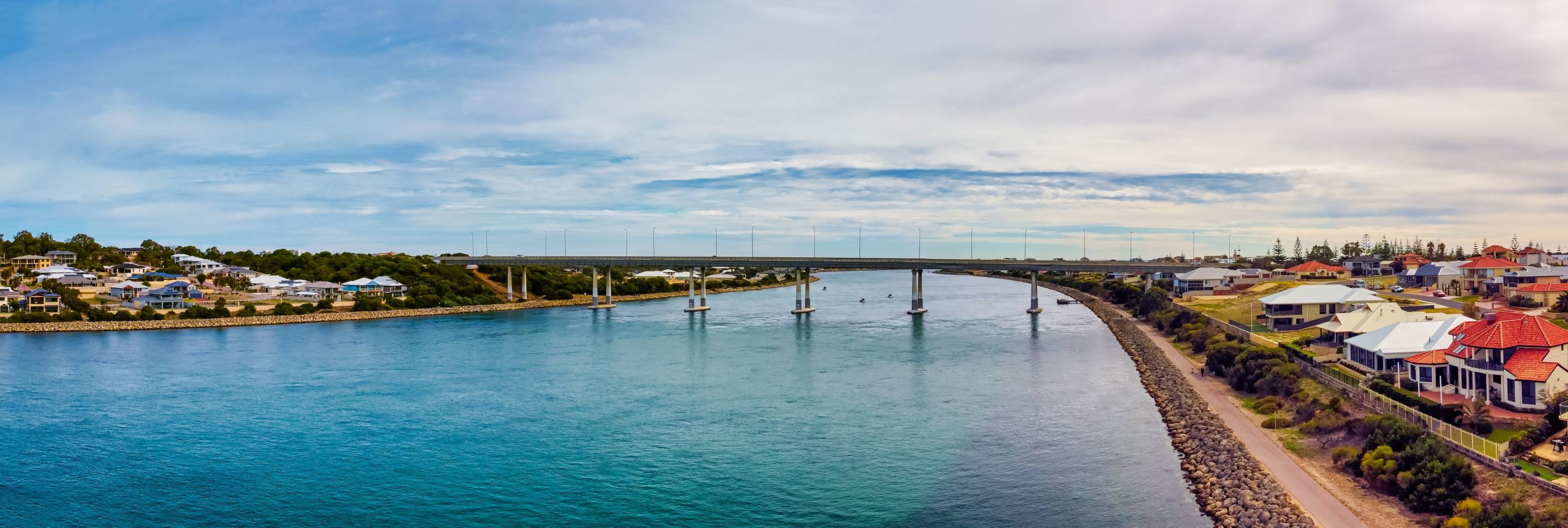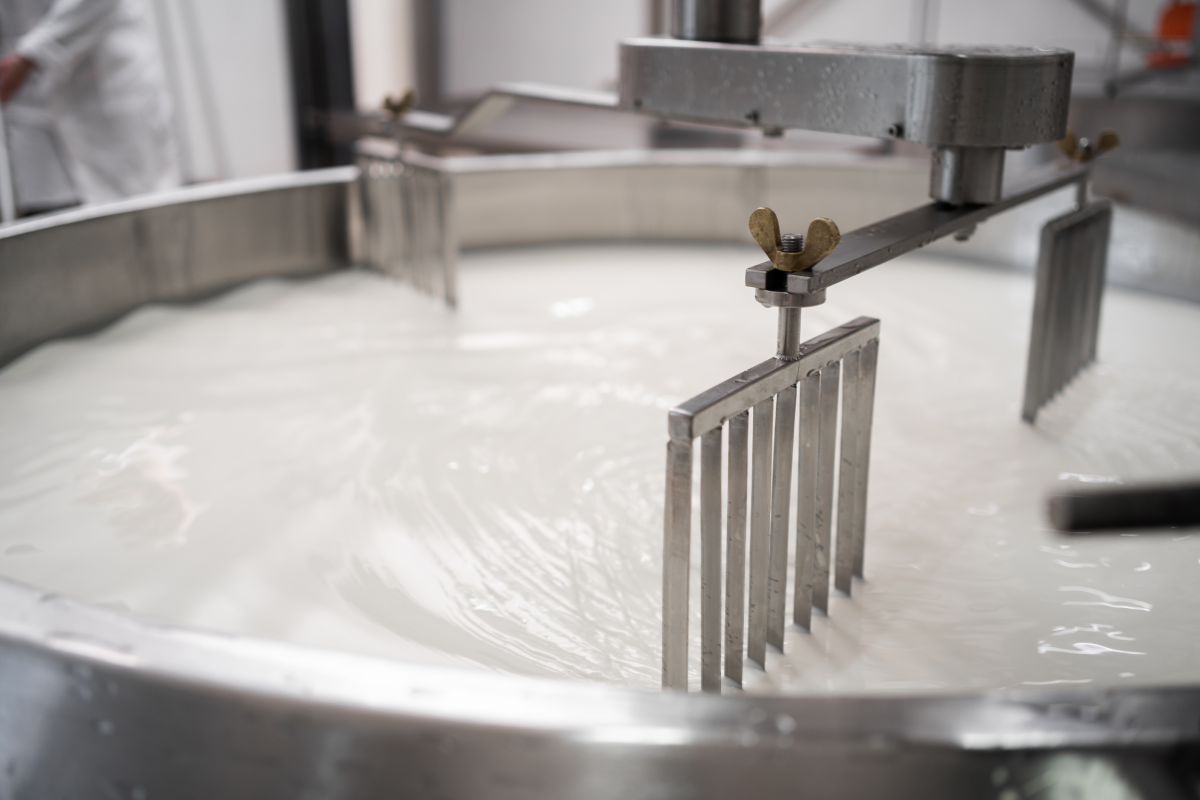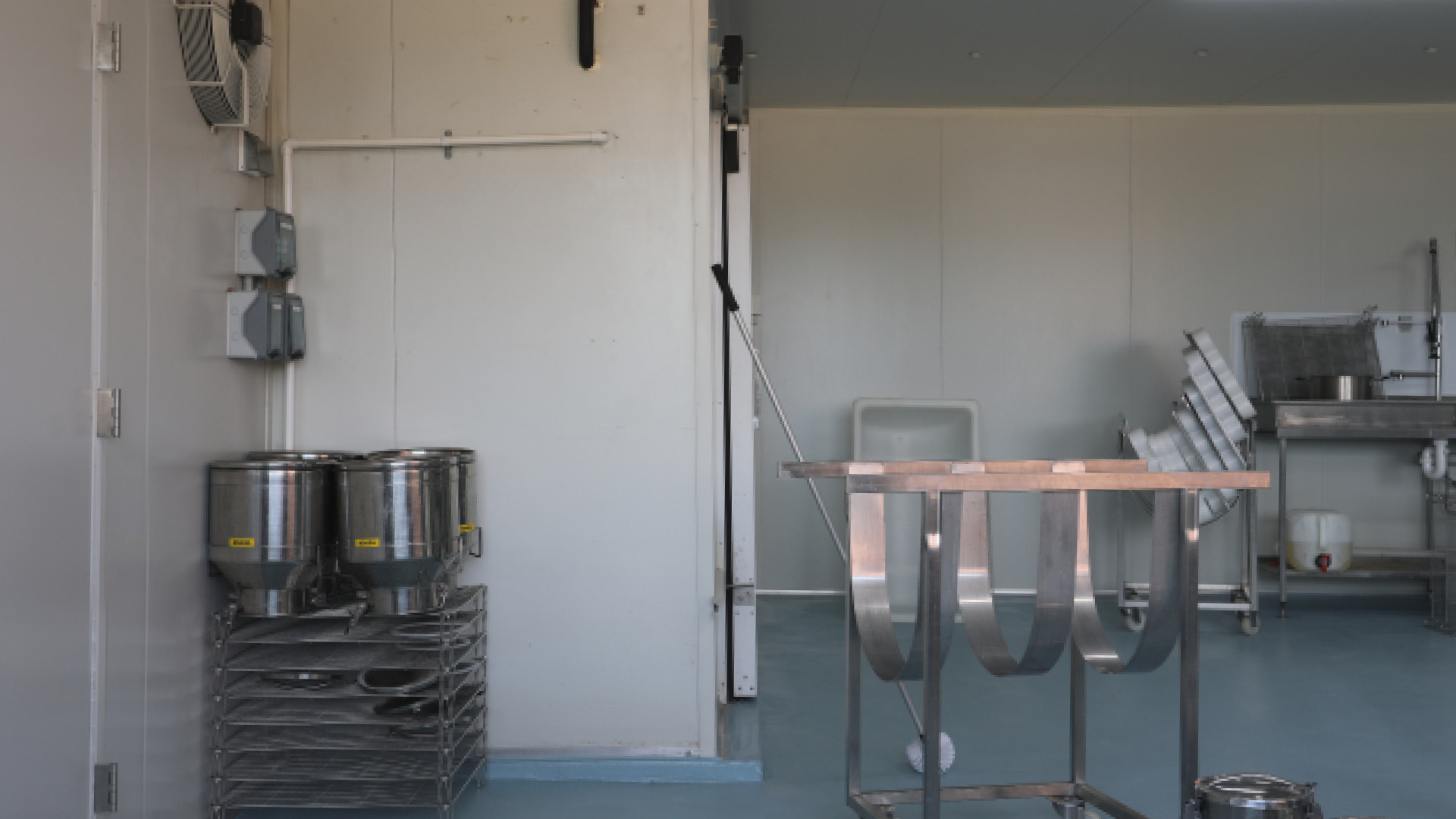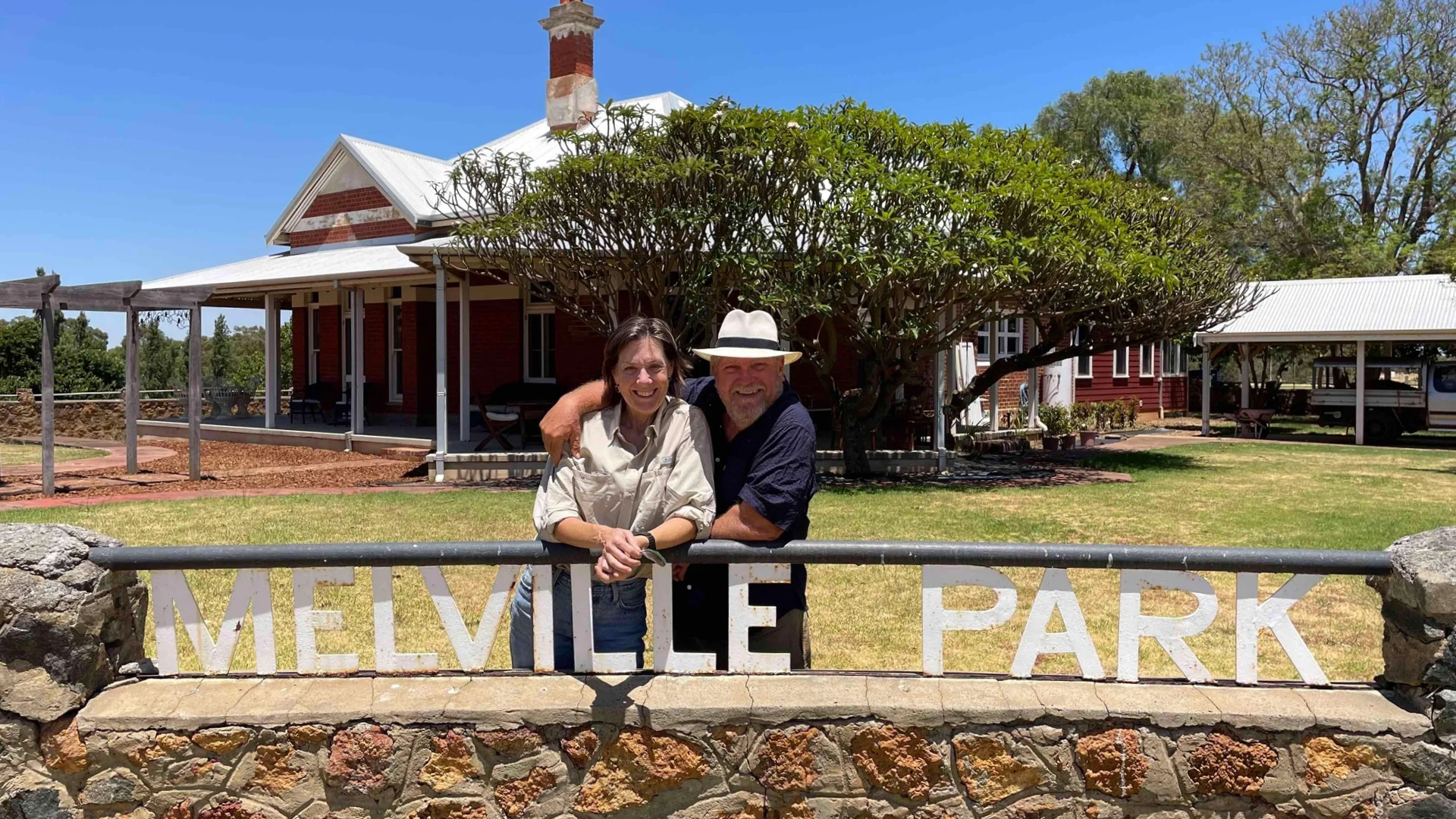Cheesemaking, while a value-adding process for dairy farms, generates large volumes of nutrient-rich wastewater, particularly from whey and wash water. This effluent has high levels of organic pollutants, measured as chemical and biological oxygen demand (COD/BOD), which, if not treated properly, can significantly harm surrounding ecosystems. Traditional wastewater treatment methods are energy-intensive due to the need to pump compressed air into large tanks to supply oxygen, making them costly and environmentally taxing—especially for smaller agricultural producers like Melville Park in Western Australia. For farms and food processors, especially those in regional areas, there has been a pressing need for a more efficient, scalable, and cost-effective wastewater solution.






